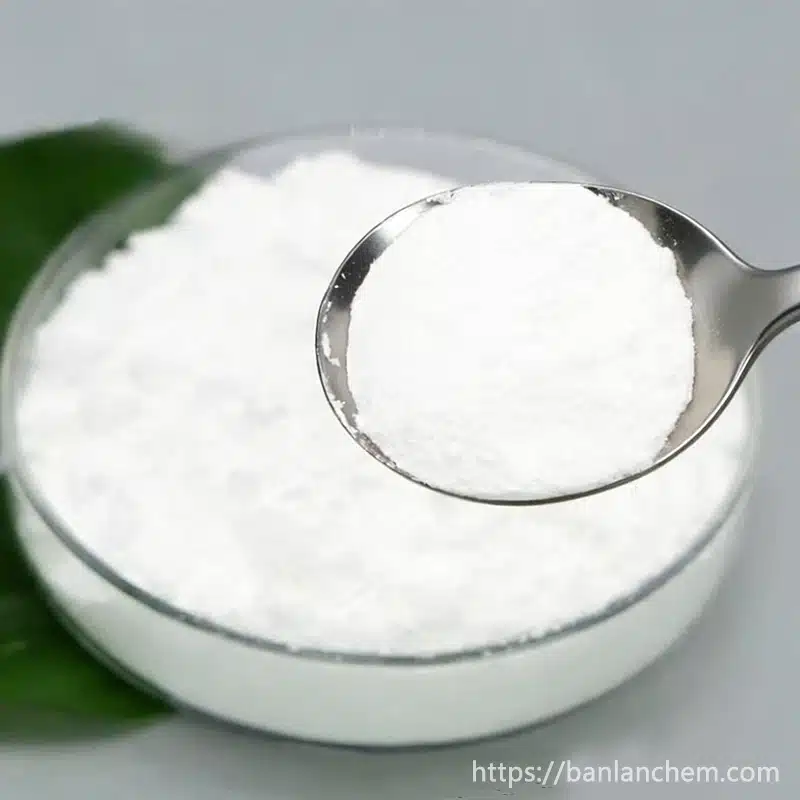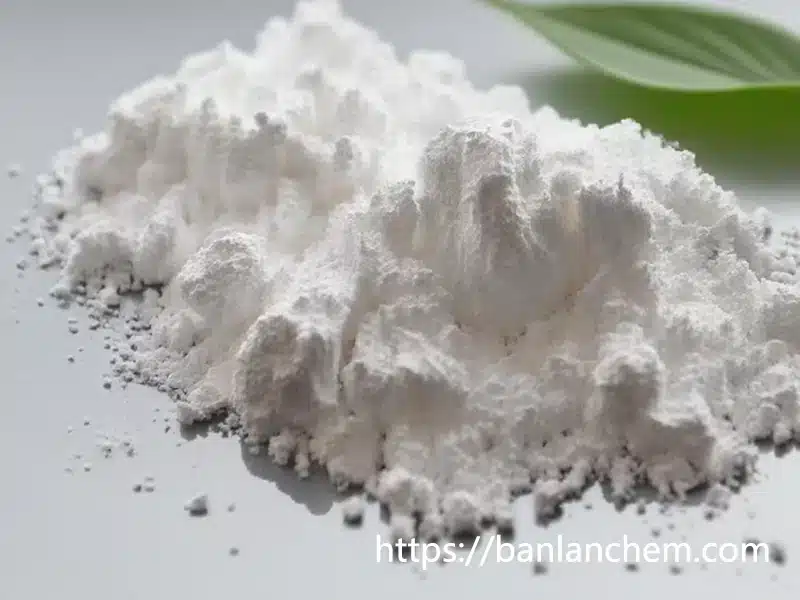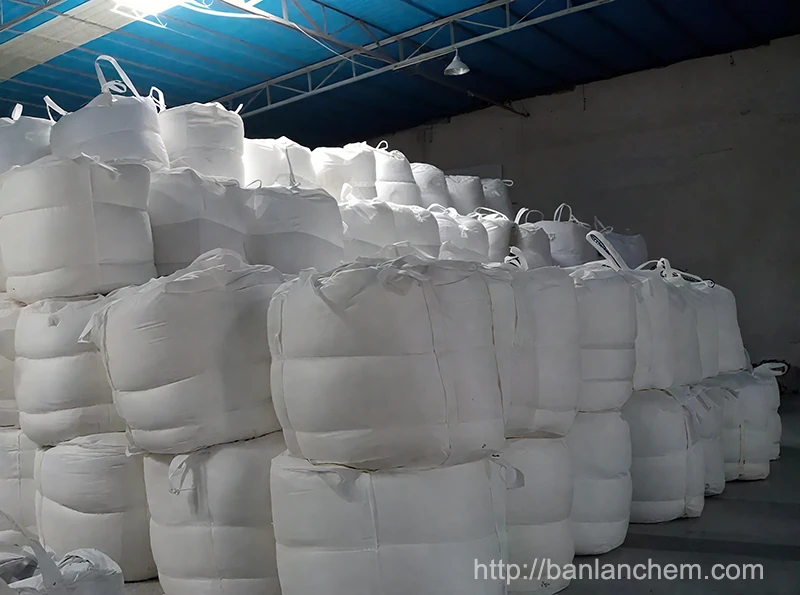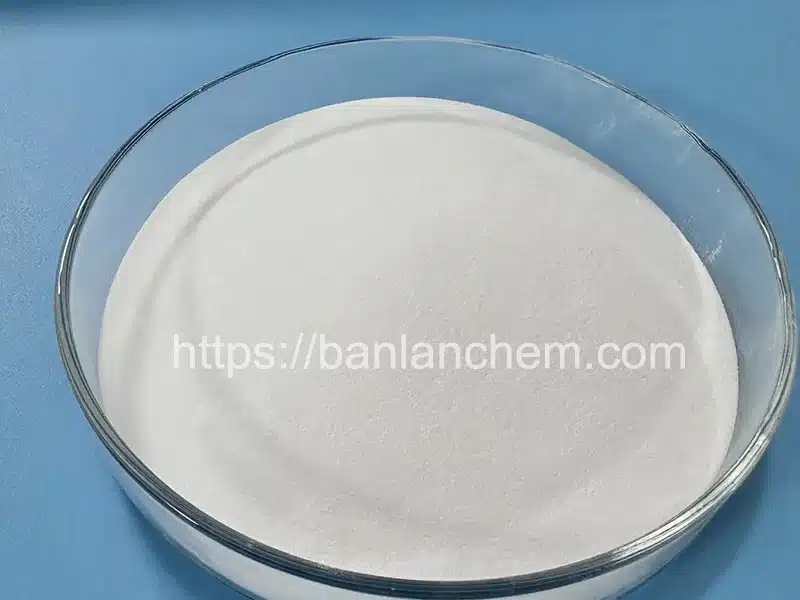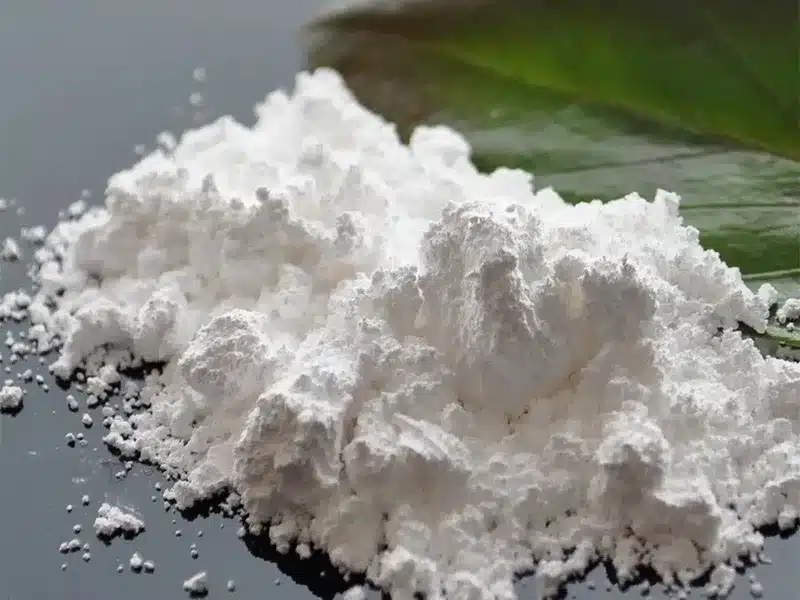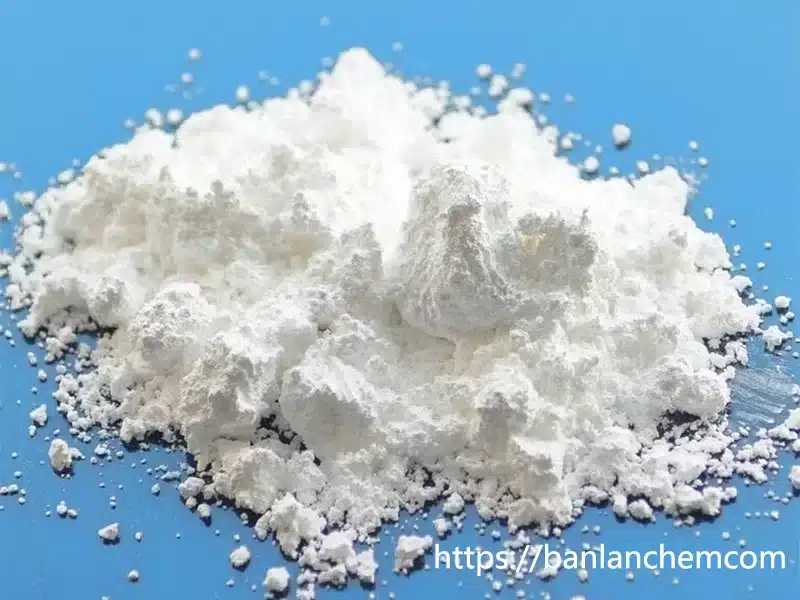Surface Active Aluminium Hydroxide (ATH)—also called surface-treated ATH or reactive ATH—is engineered for better dispersion, lower compound viscosity, and higher filler loading. BanlanChem, a reliable manufacturer and supplier from China, offers high-whiteness grades for cable, rubber, resin, and coating systems.
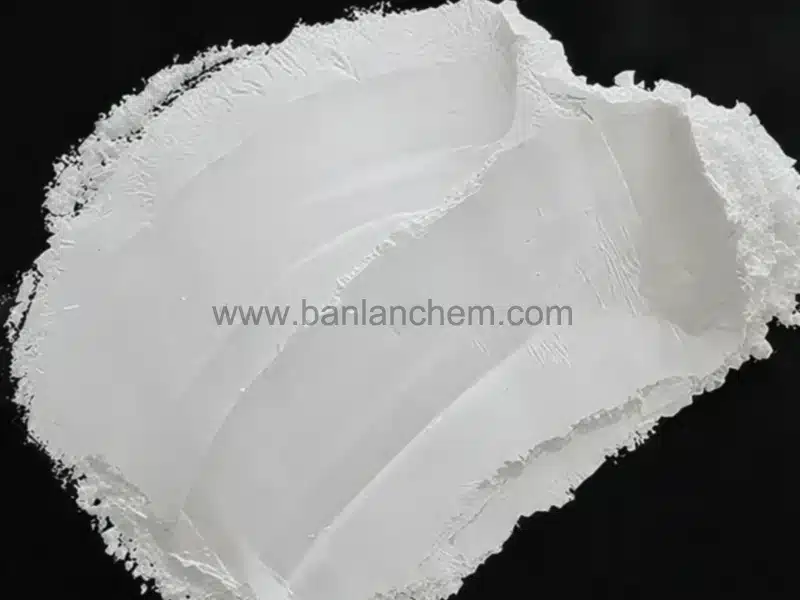
Table of Contents
- 1. What Is Surface Active Aluminium Hydroxide (ATH)?
- 2. Key Benefits
- 3. Technical Specifications & Grades
- 4. Main Applications
- 5. Processing & Formulation Tips
- 6. How to Select the Right Aluminium Hydroxide (ATH)
- 7. Quality & Packaging
- 8. FAQs
- 9. Related Products & Reading
1. What Is Surface Active Aluminium Hydroxide (ATH)?
Surface Active Aluminium Hydroxide ATH is standard aluminium trihydrate (Al(OH)₃) that has been treated with special surface modifiers such as silanes, stearates, or titanates. These treatments reduce interfacial tension, improving compatibility with both polar and non-polar resins.
- Silane-treated ATH – Ideal for thermosets and adhesives.
- Stearate-treated ATH – Adds hydrophobicity and smooth flow for EVA/PE, rubber, and coatings.
- Titanate-treated ATH – Enhances bonding and processing at high loadings.
BanlanChem’s Aluminium Hydroxide (ATH) grades ensure stable performance in all halogen-free flame-retardant systems.
2. Key Benefits of Surface Active Aluminium Hydroxide ATH
- Better dispersion in both polar and non-polar systems.
- Lower viscosity and improved flow at the same filler loading.
- Higher loading capability for stronger flame-retardant effects.
- Stable mechanical properties—tensile and elongation maintained.
- Hydrophobic options for lower moisture absorption.
- Halogen-free, non-toxic, and low smoke emission.
Switching to treated aluminium hydroxide ATH can help reach UL94 or EN flame tests with easier processing and cleaner surfaces.
3. Technical Specifications & Grades
Typical values (custom specifications available on request):
| Product Name | Active Aluminum Hydroxide | |||
| Index Model | TY-601 | TY-603 | TY-605 | TY-608 |
| Adherent water % | <0.2 | <0.2 | <0.2 | <0.2 |
| AL(OH)3% | >99.6 | >99.6 | >99.6 | >99.6 |
| SiO2 % | <0.02 | <0.02 | <0.02 | <0.02 |
| Fe2O3% | <0.01 | <0.01 | <0.01 | <0.01 |
| Na2O% | <0.2 | <0.2 | <0.2 | <0.2 |
| Particle Size D50(µm) | 1-2 | 3-4 | 5-6 | 7-9 |
| Whiteness % | 98 | 97 | 97 | 94 |
The comparison of aluminium hydroxide with active hydroxide:
| The comparison of aluminium hydroxide with active hydroxide | ||
| Performance | Alumibium hydroxide powder | Active hydroxide miccorpoeder |
| The surface polarity | Hydrophilic olelphobic | Oil-wet hydrophobic |
| liquidity | Bad | very good |
| Add the amount | 20% | 30%-50% |
| Flame retardant performance | improved | Increased signficantly |
| Material mechanical properties | Harder to tear | Keep the materials flexible and improve tensile strength and elongation |
| conclusion | The fineness of grain is more and more easily reunite.It is not easy to be distributed evenly in organic medium, and the combination of the base material is poor.It is very easy to cause the interface defect, and the material performance is decreased. | The particles are not easy to reunite, and they are so dispersed that they can form a strong bond and bond with organic materials. |
Popular grade families: Fine D50 (1–3 μm) for cables and coatings, Medium D50 (3–6 μm) for thermosets, and Coarse D50 (8–15 μm) for rubber and molded goods.
4. Main Applications
LSZH Cable Compounds
Used in EVA/PE or EBA systems for low-smoke, zero-halogen (LSZH) cables. Surface-treated ATH supports up to 60–65 wt% loading while maintaining smooth extrusion, high dielectric strength, and surface gloss.
Rubber & Elastomers
EPDM, SBR, and silicone rubbers benefit from lower viscosity and easier extrusion. The aluminium hydroxide ATH also provides arc resistance and smoke suppression.
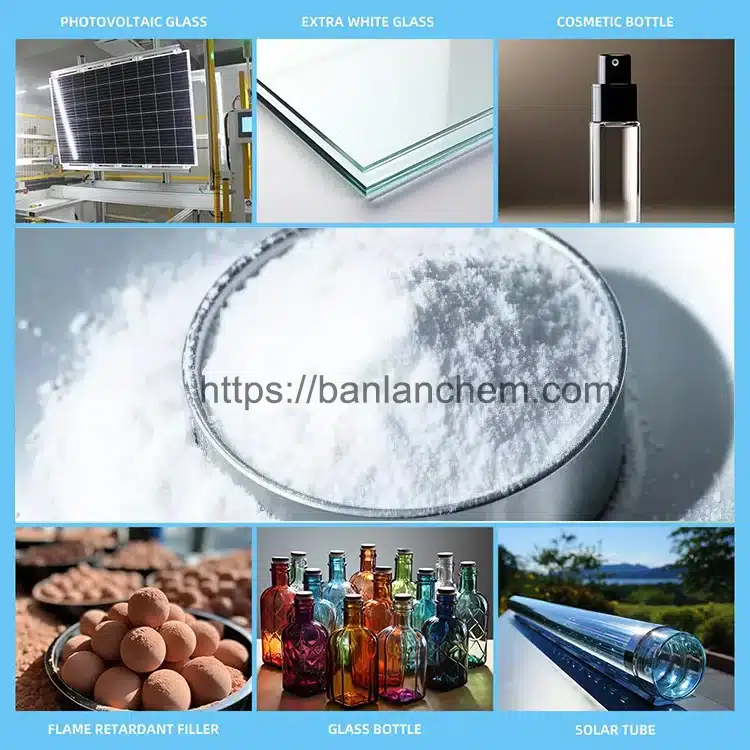
Thermoset Resins & Composites
In UPR, epoxy, and acrylic composites, Surface Active Aluminium Hydroxide enhances clarity, gloss, and flame resistance in sheets, panels, and profiles.
Coatings, Adhesives & Sealants
Improves stability and bonding, reducing sedimentation and improving durability in both waterborne and solvent systems.
5. Processing & Formulation Tips
- Always pre-dry aluminium hydroxide ATH before use to remove moisture.
- Feed gradually in twin-screw extruders for uniform dispersion.
- Add small amounts of wax or processing aid for better flow with stearate-treated grades.
- Typical flame-retardant loading: 30–65 wt% depending on resin type.
- Finer particle size = smoother surface and higher dielectric strength.
BanlanChem, as a trusted factory and wholesale supplier, provides technical guidance for different compounding systems.
6. How to Select the Right Aluminium Hydroxide (ATH)
- Resin type: EVA/PE, EPDM/SBR, or epoxy – choose matching surface treatment.
- End-use standards: UL94, LOI, smoke index, dielectric properties.
- Particle size: Finer for coatings and cables, coarser for rubber.
- Sodium content: Low sodium grades for electrical insulation.
- Processing method: Extrusion, molding, or calendering.
7. Quality & Packaging
BanlanChem’s Surface Active Aluminium Hydroxide (ATH) meets RoHS and REACH standards. Supplied in:
- 25 kg plastic-lined bags
- 500–1000 kg jumbo bags
- COA and TDS provided with each batch
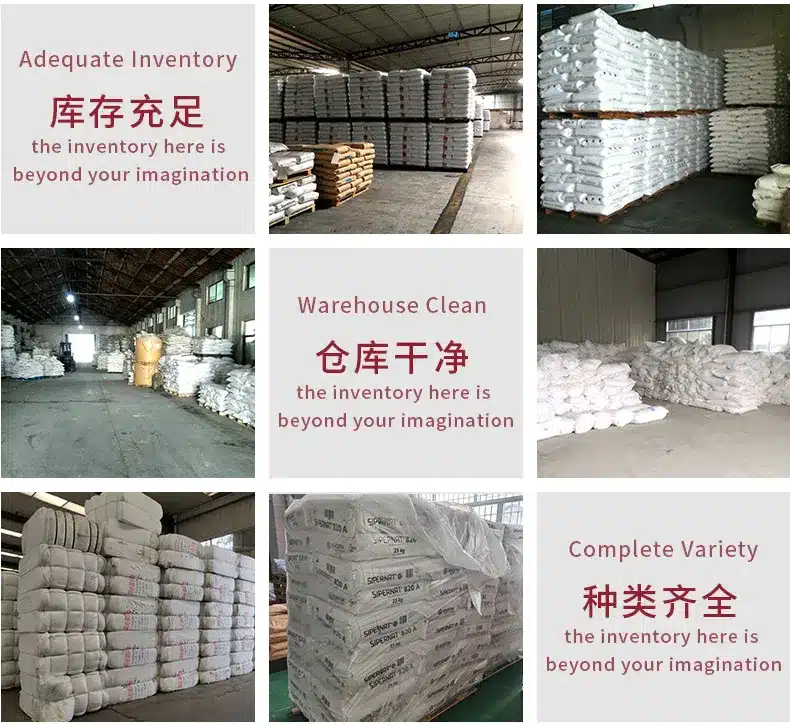
8. FAQs: Surface Active Aluminium Hydroxide (ATH)
Q1: What makes surface-treated ATH different?
A1: It is treated with silane, stearate, or titanate agents that reduce viscosity and agglomeration. Untreated ATH can thicken resin and cause poor dispersion.
Q2: Can it improve LSZH cable performance?
A2: Yes, treated aluminium hydroxide ATH allows higher filler loading with stable extrusion and dielectric strength.
Q3: What particle sizes are available?
A3: From 1–15 μm (D50). Fine grades for coatings, medium for resins, coarse for rubber compounds.
Q4: Does treatment affect flame performance?
A4: No. ATH still decomposes at 200–300 °C, releasing water to absorb heat and reduce smoke.
Q5: Is it eco-friendly?
A5: Yes. It is halogen-free, non-toxic, and complies with environmental regulations.
Q6: How should it be stored?
A6: Keep sealed and dry. Pre-dry before processing to avoid moisture defects.
9. Related Products & Reading
- Aluminum Hydroxide (ATH) – Base Grades
- Boehmite Powder (γ-AlOOH) – High Surface Area
- Calcined Alumina – Fine Polishing & Ceramics
- Industry News & Technical Articles
Request Samples & Pricing
Looking for a reliable aluminium hydroxide ATH supplier? Contact BanlanChem today for samples, COA, and grade recommendations.
Contact BanlanChem – Manufacturer, Supplier & Factory




